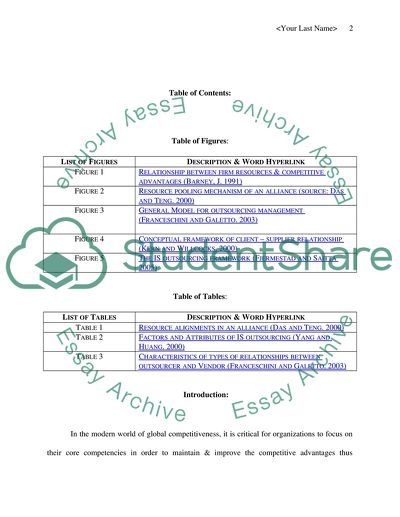Cite this document
(The Advantages and Disadvantages of Outsourcing Literature review, n.d.)
The Advantages and Disadvantages of Outsourcing Literature review. Retrieved from https://studentshare.org/human-resources/1721682-is-outsourcing
The Advantages and Disadvantages of Outsourcing Literature review. Retrieved from https://studentshare.org/human-resources/1721682-is-outsourcing
(The Advantages and Disadvantages of Outsourcing Literature Review)
The Advantages and Disadvantages of Outsourcing Literature Review. https://studentshare.org/human-resources/1721682-is-outsourcing.
The Advantages and Disadvantages of Outsourcing Literature Review. https://studentshare.org/human-resources/1721682-is-outsourcing.
“The Advantages and Disadvantages of Outsourcing Literature Review”, n.d. https://studentshare.org/human-resources/1721682-is-outsourcing.


